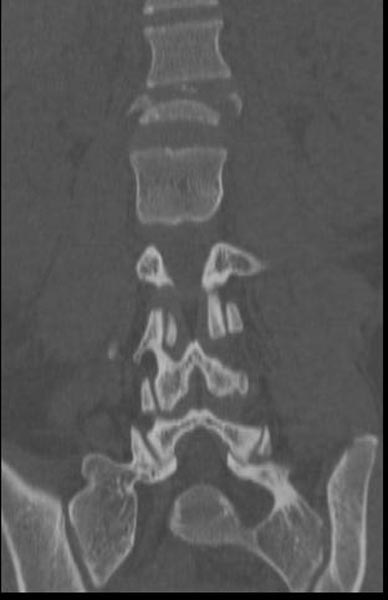Chance fracture
| Chance fracture | |
| eMedicine | orthoped/41 |
|---|---|
|
WikiDoc Resources for Chance fracture |
|
Articles |
|---|
|
Most recent articles on Chance fracture Most cited articles on Chance fracture |
|
Media |
|
Powerpoint slides on Chance fracture |
|
Evidence Based Medicine |
|
Clinical Trials |
|
Ongoing Trials on Chance fracture at Clinical Trials.gov Trial results on Chance fracture Clinical Trials on Chance fracture at Google
|
|
Guidelines / Policies / Govt |
|
US National Guidelines Clearinghouse on Chance fracture NICE Guidance on Chance fracture
|
|
Books |
|
News |
|
Commentary |
|
Definitions |
|
Patient Resources / Community |
|
Patient resources on Chance fracture Discussion groups on Chance fracture Patient Handouts on Chance fracture Directions to Hospitals Treating Chance fracture Risk calculators and risk factors for Chance fracture
|
|
Healthcare Provider Resources |
|
Causes & Risk Factors for Chance fracture |
|
Continuing Medical Education (CME) |
|
International |
|
|
|
Business |
|
Experimental / Informatics |
Editor-In-Chief: C. Michael Gibson, M.S., M.D. [1]
Overview
A Chance fracture is a flexion injury of the spine.[1] Chance fracture represents a pure bony injury extending from posterior to anterior through the spinous process, pedicles, and vertebral body, respectively. This fracture most commonly is found in the upper lumbar spine, but it may be observed in the midlumbar region in children. Associated intraabdominal injuries (i.e. pancreatic injury, duodenal injury) can result in increased morbidity and mortality. Associated intra-abdominal injuries appear to be more common in the pediatric age group with incidence approaching 50%. Unrecognized, Chance injuries may result in progressive kyphosis with resulting pain and deformity. The most common history is that of a back seat passenger restrained by a lap seatbelt and involved in a motor vehicle accident or that of a person who has fallen from a height. These fractures generally can be reduced by placing the patient on a Risser table with hyperextension applied to the thoracolumbar junction prior to applying a fiberglass or plaster cast. If immobilization is impractical (large body habitus) or the patient has polytrauma, surgical management may be indicated. It is named for GQ Chance.[2]
On Imaging, a demonstrable fracture line may be detected extending through the spinous process, pedicles, and vertebral body.
Motor-vehicle-accident CT images demonstrate a chance fracture
References
- ↑ "Chance Fracture of the Spine - Wheeless' Textbook of Orthopaedics". Retrieved 2007-08-16.
- ↑ Chance GQ: Note on a flexion fracture of the spine. Br J Radiol 1948; 21: 452-3.


